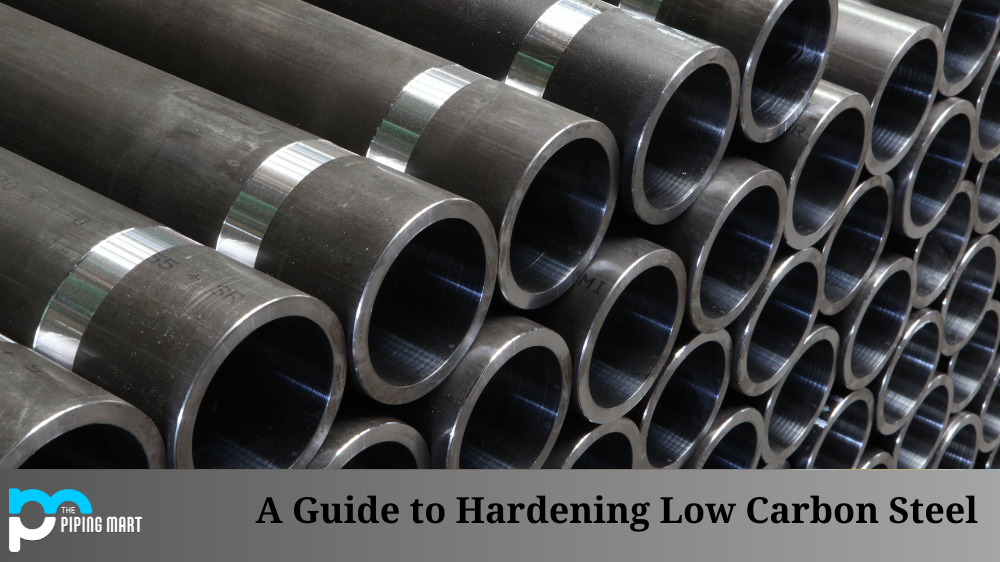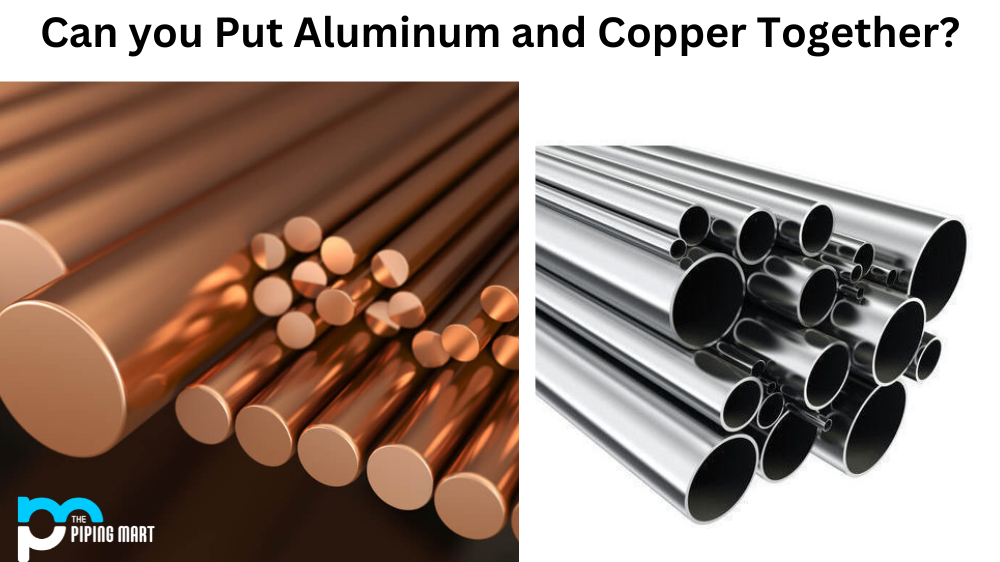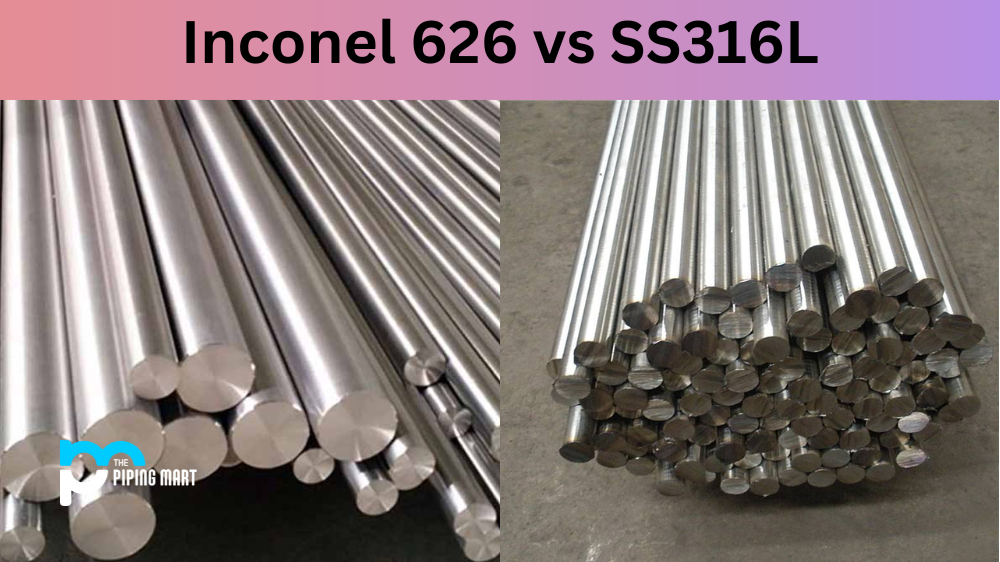Low-carbon steel is a popular material for many different kinds of products, from tools and knives to outdoor furniture. However, low-carbon steel can be somewhat soft and malleable. To make it stronger and more durable, you’ll need to harden the steel to withstand wear and tear over time. In this blog post, we’ll go over how to set low-carbon steel so that you can ensure your items are ready for use.
Process of Hardening low carbon Steel
The process of hardening low-carbon steel involves heating it up until it reaches a certain temperature—known as the critical point—and then quickly cooling it down. This process creates a tough surface layer on the material and a tough but brittle core. The key is to heat up the steel evenly and then cool it down quickly enough so that the outer layer solidifies before the inner layer does.
Hardeners for Low Carbon Steel
Different hardeners can be used when working with low-carbon steel, such as water-based or oil-based quenchants. Water-based quenchants are typically better for thinner pieces of metal because they cool faster than oil-based quenchants, which can be better suited for thicker pieces due to their slower rate of cooling. Choosing the right quenchant for your needs is essential to achieve optimal results.
Heat Treating Low Carbon Steel
Once you’ve chosen your preferred quenchant, you’ll also need to decide what type of heat treatment you want to use to reach your desired hardness level. Heat treating low carbon steel begins with heating it up until it reaches an austenitizing temperature—which varies based on the type of steel—and then quickly cooling it down in either air or liquid bath, depending on what type of hardness level you’re trying to achieve. If you’re looking for maximum hardness, you will likely want to use a liquid bath such as oil or water; if you’re looking for increased toughness at a slightly lower hardness level, an air bath may be more suitable.
Conclusion:
Harnessing low-carbon steel into something strong and durable requires knowledge and skill to properly heat treat the material and select the correct type of hardener. By understanding how to harden low-carbon steel correctly, website owners and DIYers can create items that will last longer without sacrificing their quality or aesthetic appeal. With these tips in mind, anyone can take advantage of all that low-carbon steel offers!

Pipingmart is B2B portal specializes in industrial, metal and piping products. Also, share latest information and news related to products, materials and different types grades to help business dealing in this industry.




